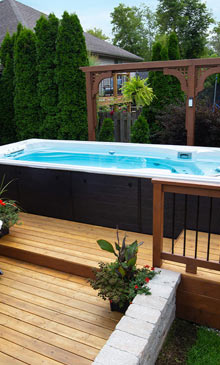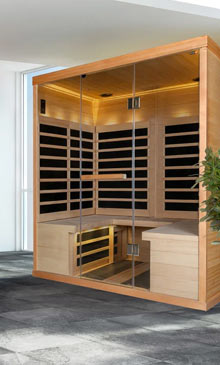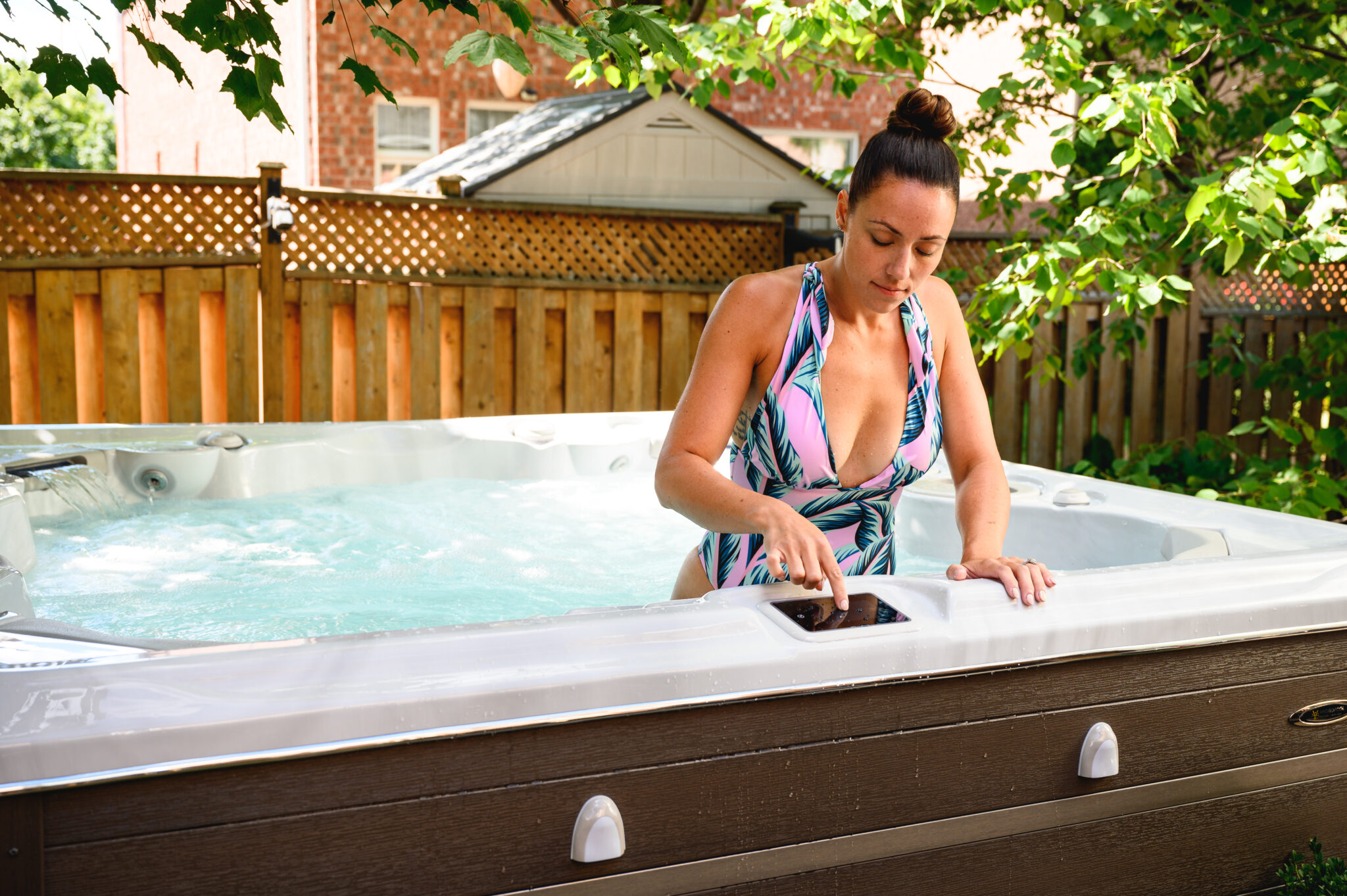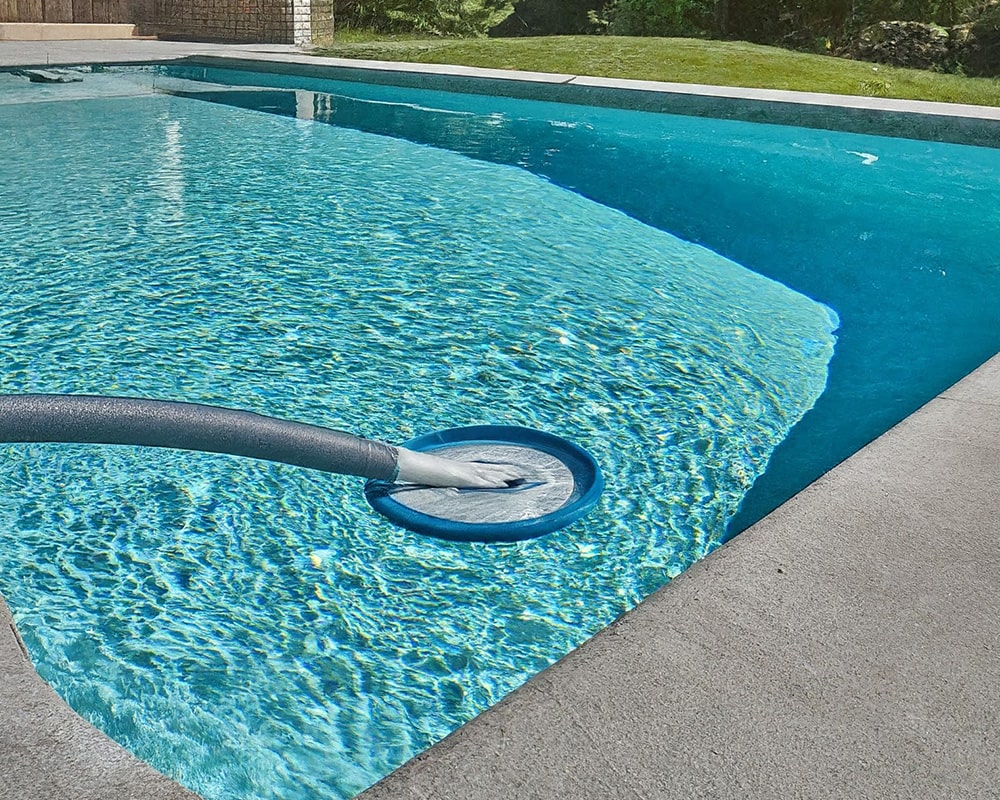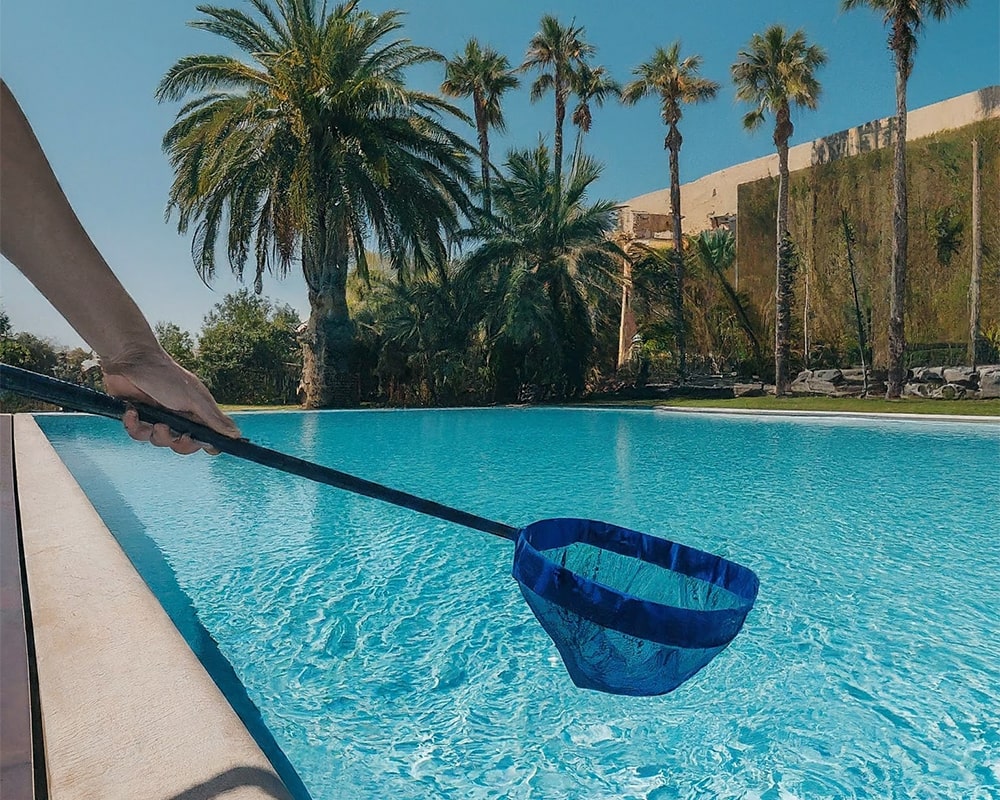Hot tubs help manage seasonal affective disorder (SAD) by providing warm water immersion that triggers serotonin production, reduces stress hormones, and promotes better sleep patterns during darker months. Regular hydrotherapy sessions create a therapeutic routine that combats the mood-dampening effects of reduced sunlight exposure.
Today, we’re exploring the science behind hydrotherapy for SAD, the specific benefits of hot tub use, and how to create an effective wellness routine with your spa.
Understanding Seasonal Affective Disorder and Hydrotherapy
Seasonal affective disorder affects millions of Americans when daylight hours decrease, disrupting circadian rhythms and reducing serotonin production. This form of depression typically begins in fall and continues through winter months, causing fatigue, mood changes, and social withdrawal.
Hydrotherapy works by combining heat, buoyancy, and massage to create physiological changes that counteract SAD symptoms. The warm water environment raises body temperature, triggering the same thermoregulatory responses that improve mood and energy levels. This therapeutic approach offers a natural complement to traditional SAD treatments.
The Science Behind Hot Tubs and Mood Improvement
Neurotransmitter Production and Release
Warm water immersion stimulates the release of endorphins, your body’s natural mood elevators, while simultaneously reducing cortisol levels associated with stress and anxiety. The heat exposure increases serotonin availability, the same neurotransmitter targeted by many antidepressant medications. Studies show that raising core body temperature by just 1-2 degrees can produce measurable improvements in mood lasting several hours after hydrotherapy sessions.
Circadian Rhythm Regulation
Evening hot tub use helps regulate sleep-wake cycles disrupted by seasonal changes. The rapid temperature drop after exiting warm water mimics your body’s natural pre-sleep cooling, signaling it’s time for rest. This thermal regulation improves both sleep onset and quality, addressing one of SAD’s most troublesome symptoms: disrupted sleep patterns that compound daytime fatigue and mood issues.
Stress Hormone Reduction
Regular hot tub sessions lower baseline cortisol levels while improving your body’s stress response system. The combination of warm water, jet massage, and weightlessness activates the parasympathetic nervous system, promoting relaxation and reducing the anxiety often accompanying SAD. This stress reduction effect becomes cumulative with consistent use.
Physical Benefits That Support Mental Wellness
Muscle Tension and Pain Relief
SAD often manifests with physical symptoms, including muscle tension, headaches, and general body aches that worsen mood. Hot tub jets provide targeted hydrotherapy massage that releases muscle knots, improves circulation, and reduces pain signals to the brain. This physical relief creates a positive feedback loop. Less pain leads to a better mood, which further reduces physical tension.
Improved Circulation and Energy
Warm water immersion dilates blood vessels, improving circulation throughout your body and delivering more oxygen to tissues. This enhanced blood flow combats the sluggishness and fatigue characteristic of SAD, providing a natural energy boost without stimulants. Better circulation also supports cognitive function, helping clear the mental fog many SAD sufferers experience.
Vitamin D and Outdoor Exposure
Using an outdoor hot tub during daylight hours provides valuable sun exposure, even on cloudy days. This natural light exposure, combined with fresh air, helps maintain vitamin D production and provides the light therapy benefits recommended for SAD treatment. Winter hot tubbing maximizes limited daylight exposure while keeping you warm and comfortable.
Creating Your SAD Management Routine with Hot Tubs
Optimal Timing for Hydrotherapy Sessions
Morning hot tub sessions jumpstart your day with increased energy and improved mood that can last hours. A 15-20 minute morning soak raises body temperature and alertness, combating the difficulty getting started that many SAD sufferers face. Evening sessions 1-2 hours before bed promote better sleep quality, addressing insomnia and restless nights common with seasonal depression.
Temperature and Duration Guidelines
Maintain water temperature between 100-104°F for therapeutic benefits without overheating. Sessions of 15-30 minutes provide optimal results—long enough for physiological changes but not so long that you become dehydrated or overheated. Start with shorter sessions and gradually increase duration as your body adapts to regular hydrotherapy.
Combining Hot Tub Therapy with Other Treatments
Hot tub use complements other SAD treatments, including light therapy, exercise, and medication. Schedule hot tub sessions after morning light therapy to extend mood benefits throughout the day. Use hydrotherapy as a reward after exercise, amplifying endorphin release and recovery. Always consult healthcare providers about combining hot tub therapy with medications or other treatments.
Maximizing the Mental Health Benefits of Your Hot Tub
Creating a Therapeutic Environment
Transform your hot tub area into a wellness sanctuary that enhances mood benefits. Add soft lighting that doesn’t interfere with evening melatonin production. Incorporate aromatherapy with spa-safe essential oils like lavender or eucalyptus. Play calming music or nature sounds through waterproof speakers. These environmental enhancements multiply the stress-reducing effects of hydrotherapy.
Mindfulness and Meditation Practices
Use hot tub time for mindfulness exercises that combat SAD’s negative thought patterns. Practice deep breathing techniques, focusing on the sensation of warm water and jet massage.
Progressive muscle relaxation works especially well in warm water, helping release both physical and mental tension. Regular meditation during hydrotherapy sessions builds emotional resilience against seasonal mood changes.
Social Connection Opportunities
Hot tubs provide a comfortable setting for maintaining social connections during months when isolation worsens SAD symptoms. Invite friends or family for evening soaks that combine hydrotherapy benefits with meaningful conversation. The relaxed atmosphere encourages openness and connection, countering the social withdrawal tendency of seasonal depression.
Choosing the Right Hot Tub Features for SAD Relief
Jet Configuration and Massage Options
Select hot tubs with varied jet configurations that target different muscle groups and provide customizable massage intensity. Sundance® Spas models available at Royal Pools & Spas feature patented jet designs that deliver therapeutic massage for both relaxation and invigoration. Adjustable jets allow you to customize sessions based on daily needs and energy levels.
Lighting and Chromotherapy Features
Modern hot tubs include LED lighting systems that support chromotherapy—using colors to influence mood and energy. Blue light promotes alertness for morning sessions, while warm amber tones encourage relaxation in evening soaks. Some models feature programmable lighting sequences that complement your hydrotherapy routine and enhance mood benefits.
Energy Efficiency for Daily Use
Since consistent use provides the best SAD relief, choose energy-efficient models that minimize operating costs. Quality insulation, efficient heating systems, and well-fitted covers reduce energy consumption, making daily hydrotherapy affordable. Royal Pools & Spas offers energy-efficient models perfect for regular therapeutic use throughout fall and winter months.
Safety Considerations for Therapeutic Hot Tub Use
Consult healthcare providers before using hot tubs as SAD treatment, especially if you take medications affecting blood pressure or have cardiovascular conditions. Some antidepressants increase heat sensitivity, requiring lower water temperatures or shorter sessions. Pregnant individuals and those with certain medical conditions should get medical clearance before beginning hydrotherapy.
Hydration and Session Limits
Dehydration worsens fatigue and mood symptoms, so maintain proper hydration before, during, and after hot tub use. Keep water nearby and limit alcohol consumption, which increases dehydration risk. Set timers to prevent oversoak, as extended exposure can cause dizziness or exhaustion that counteracts therapeutic benefits.
Seasonal Maintenance for Consistent Benefits
Proper maintenance ensures your hot tub remains available for daily therapeutic use throughout SAD season. Regular water testing and chemical balance prevent skin irritation that could discourage use. Winter-specific maintenance like freeze protection and cover care keeps your spa operational when you need it most. Royal Pools & Spas provides comprehensive maintenance services and supplies to support your wellness routine.
Frequently Asked Questions About Hot Tubs and SAD
How Quickly Do Hot Tubs Help with SAD Symptoms?
Many people report immediate mood improvement after single sessions, with cumulative benefits building over 2-4 weeks of regular use. Consistent daily or every-other-day sessions provide the best results for managing seasonal depression symptoms.
What Time of Day Is Best for SAD-Related Hot Tub Use?
Morning sessions between 7-9 AM help establish positive daily rhythms and combat morning depression. Evening sessions 1-2 hours before bed improve sleep quality. Some users benefit from both morning and evening sessions during peak SAD months.
Can Hot Tubs Replace Other SAD Treatments?
Hot tubs complement but shouldn’t replace professional treatment for moderate to severe SAD. Hydrotherapy works best combined with light therapy, exercise, proper nutrition, and medical treatment when necessary. Always consult healthcare providers about comprehensive SAD management.
How Long Should Each Therapeutic Session Last?
Optimal sessions last 15-30 minutes at 100-104°F. Start with 15-minute sessions and gradually increase based on comfort and response. Morning sessions can be slightly cooler and shorter for energizing effects, while evening sessions may be warmer and longer for relaxation.
Are Indoor or Outdoor Hot Tubs Better for SAD?
Outdoor hot tubs provide additional benefits from fresh air and natural light exposure, even on cloudy days. However, indoor hot tubs offer consistent accessibility regardless of weather. Both provide hydrotherapy benefits—choose based on your property, climate, and personal preferences.
Getting Started with Hydrotherapy for SAD
Ready to explore how hot tubs can help manage seasonal affective disorder? Royal Pools & Spas has served New York families since 1959, providing expert guidance on spa selection, installation, and therapeutic use. Our knowledgeable team understands the wellness benefits of hydrotherapy and helps you choose features that support your mental health goals.
Visit our showrooms in New Hampton, Newburgh, or Poughkeepsie to experience Sundance® Spas models designed for therapeutic use. Our wellness consultants will discuss your specific needs, demonstrate features that enhance mood benefits, and explain maintenance requirements for consistent daily use.
Contact Royal Pools & Spas at 845-374-3969 to schedule your consultation. Discover how the right hot tub can become an essential part of your SAD management strategy, providing natural relief and improved quality of life during challenging seasonal transitions!


